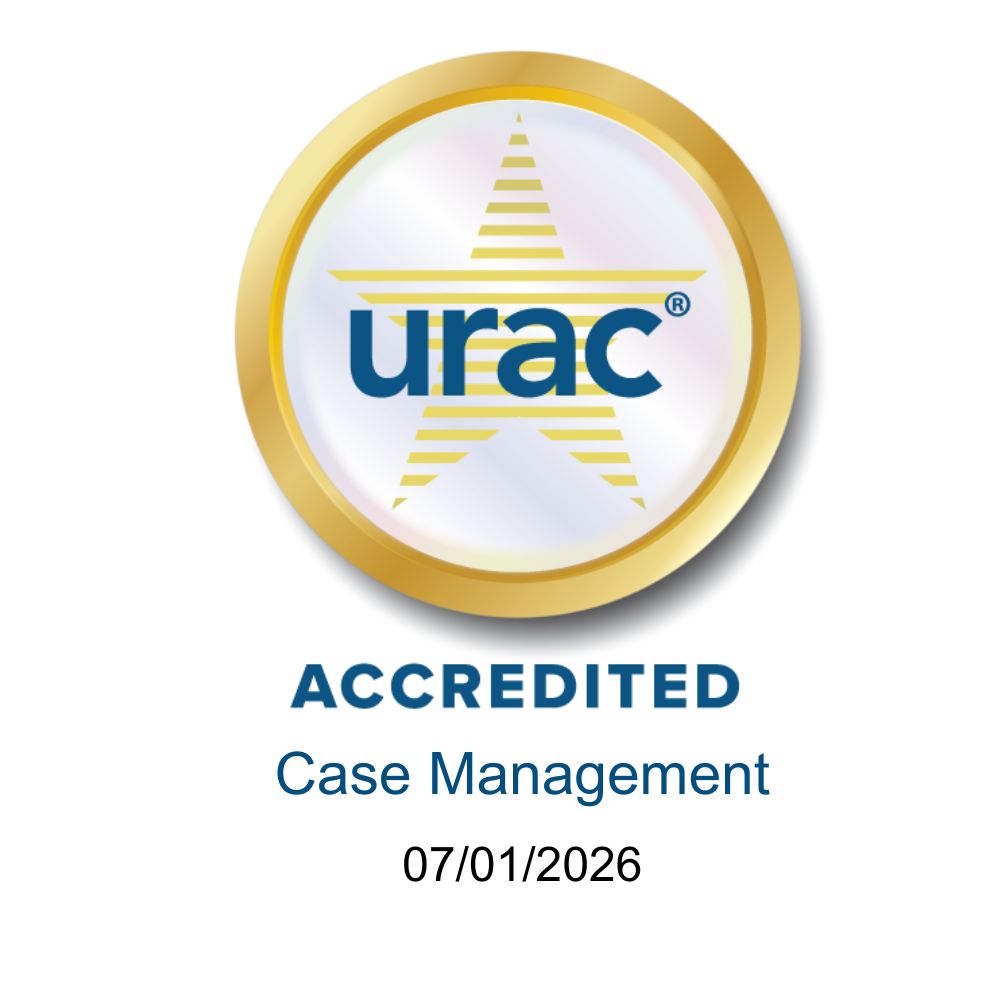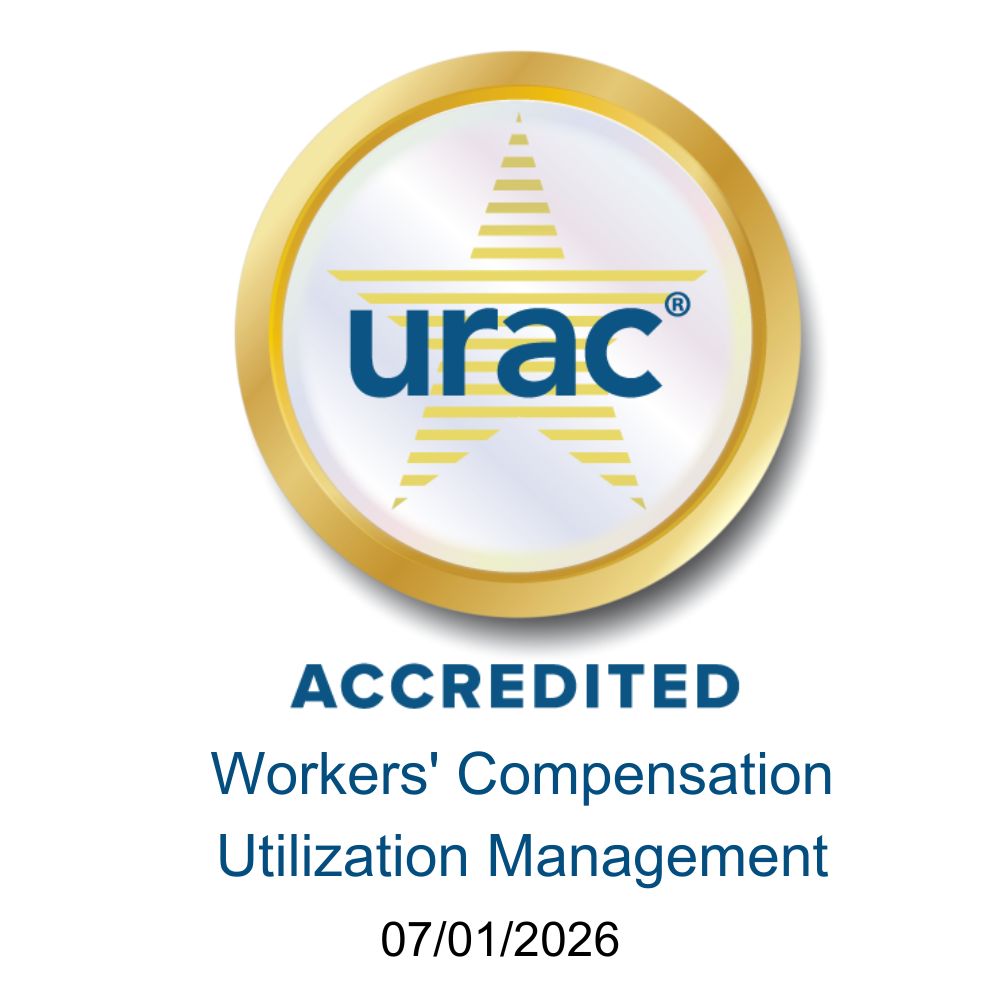Known the signs of stress responses and treat with compassion
Catastrophic case management encompasses a variety of injuries and illnesses such as cancer, spinal cord injuries, amputations, loss of vision, and burns. One of the less frequently thought about aspects of catastrophic case management revolves around employees who are injured as a result of workplace violence. As we close National Safety Month, we will evaluate the implications of these injuries on their victims, the employers, and how to approach these from a case management aspect for optimal outcomes.
WORKPLACE VIOLENCE FACTS
Workplace violence is defined by the Centers for Disease Control as “the act or threat of violence, ranging from verbal abuse to physical assaults directed toward persons at work or on duty”. The CDC classifies workplace violence under four categories.
- Personal Relationship – when the instigator has a personal relationship with an employee and comes into the workplace threatening or committing a violent act.
- Customer/Client – when a customer or client becomes angry at the employer in general or individuals working there and perpetrates violence. This may also include patients who threaten or commit violence against healthcare workers.
- Worker on Worker – when there is an employee incites or threatens violence on fellow coworker(s).
- Criminal Intent – when there is no established relationship between the employees or business and the perpetrator. Crimes, such as robbery, is generally being committed at the same time as the assault on the employee(s).
The National Safety Council offers some sobering statistics around these types of workplace violence including 392 fatalities in 2020.
Workplace Violence Injuries
20,870 Workers in the private industry experienced trauma from nonfatal workplace violence in 2019 and required days away from work.
4th Leading cause of death in workplace
68% Female
65% Between ages of 25 to 54
70% Healthcare and social assistance industry
(Bureau Labor Statistics 2019/20)
INJURY IMPACT
Physical injuries may range from head trauma to gunshot wounds, to those sustained from being assaulted with fists or other object, and sequela from these injuries. In addition to the physical injuries sustained, it is highly likely that there will be psychological impacts as well. While any physical workplace injury, particularly catastrophic, may result in psychological after-effects, those sustained when victimized from violence are more likely to have significant psychological impact. Injured employees are struggling with physical recovery, loss of income, learning to navigate the workers’ compensation process and dealing with having personally experienced and often having witnessed co-workers or others being victimized.
Co-workers who may not have suffered from physical injuries are also impacted by workplace violence. They may find it difficult to return to work, may be fearful of their future safety, or suffering flashbacks from violence they have witnessed. Depending on state regulations and circumstances of the workplace violence, purely psychological impact may or may not be covered under workers’ compensation. Regardless, it is important that employers recognize the global impact these incidences have in order to provide support for employees.
The employer is also struggling to cope with loss of employees through injury, death and psychological impact. Additionally, there are concerns about increasing safety measures going forward, legal issues and how to move forward and returning to work with some sort of normalcy.
Nurse Case Managers may be asked to assist the employer in locating resources for employees who are suffering psychologically. Resources can include Employee Assistance Programs (EAP), local counseling and psychiatrics resources, grief counselors and companies who specialize in on site management of workplace violence.
CASE MANAGEMENT OF EMPLOYEES IMPACTED BY WORKPLACE VIOLENCE
Case Managers who handle catastrophic claims know that in addition to the extensive care surrounding the medical needs for injuries sustained in workplace violence, there is also a heightened level of care for psychosocial impacts of workplace violence. While considering the physical needs and recovery is paramount to successful claims outcomes, utilization of empathetic and understanding case management practices is important. Aimee Boggs, Director of Clinical Services at EK Health says, “Having personally cared for workers who have been injured through violence in the workplace, communication, a high level of compassion, and a deep connection to the injured employee are all necessary components.”
Case Managers, as well as medical providers should also be aware of the signs of stress–physical, cognitive, emotional or behavioral symptoms–following traumatic events. These signs may appear almost immediately, or can emerge in the weeks or months following the event.
According to the CDC, physical symptoms may include chest pain, shortness of breath, fatigue, nausea and vomiting, headaches, nonspecific body aches. Cognitive symptoms may include lack of focus, confusion, poor problem solving, or memory issues. Emotional and behavioral symptoms can range from anxiety, guilt, denial and withdrawal to anger and intense emotional outbursts.
Awareness of symptoms, especially some of the less common physical manifestations, allows Case Managers to assist in navigating care more effectively and proactively for individuals who have been victims of traumatic events.
In conclusion, having compassionate, highly communicative case managers who show a high level of connection paves the way for optimal support for affected employees and all involved throughout the life of the claim. Managing these claims is emotionally taxing for everyone, but having the right people in place for support and guidance leads to optimal outcomes.
Considerations for Workplace Violence Injuries
- Ensure medical treaters are aware of the circumstances and mechanism of the injury
- Familiarity with after-effects and manifestations of stress responses from physical, cognitive, emotional and behavioral aspects.
- Clear understanding of family dynamics and personal resources in provision of supportive care
- Location of appropriate mental health resources
- High levels of communication with the injured employee, employer and claims professionals
- Utilization of the motivational interviewing techniques to facilitate therapeutic case manager/employee relationship as an additional supportive tool
- Active coordination between all medical and psychological supportive services
RELATED CONTENT |
||





